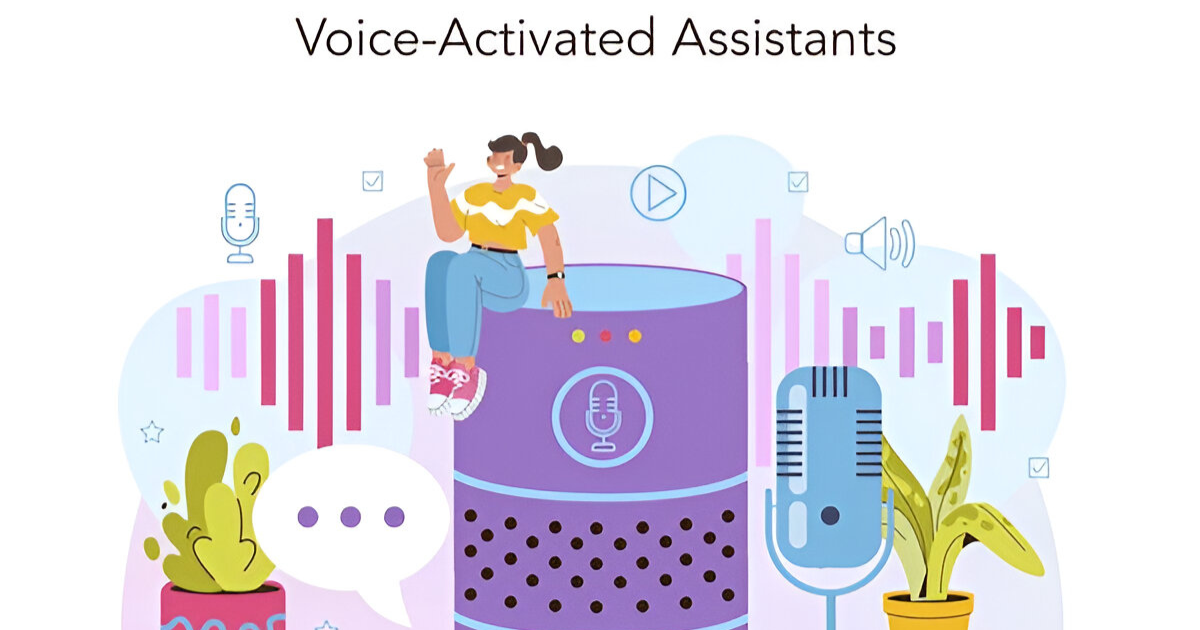
Voice Search and SEM in 2025: How to Optimize Campaigns for Smart Devices
Voice search is no longer a futuristic concept—it’s here and growing fast. Whether it’s Siri, Alexa, or Google Assistant, voice-enabled technology is changing how users interact with the web. For businesses, this represents a huge opportunity—especially in Search Engine Marketing (SEM).
Stay with us, we’ll explore what voice search is, why it matters for SEM, and how you can fine-tune your strategy to meet the needs of mobile and smart speaker users.
What is Voice Search and Why is it Trending?
Voice search allows users to search the internet using spoken queries via smartphones, computers, or smart speakers. It relies on Natural Language Processing (NLP) to interpret and respond to questions in real-time.

Why is Voice Search Growing?
- Speed – It’s quicker to speak a query than type.
- Improved Technology – Voice assistants have become more accurate and reliable.
- Hands-Free Convenience – Ideal for multitasking (e.g., driving or cooking).
Voice Search Stats You Should Know
- The voice recognition market is projected to exceed $27 billion by 2024.
- 58% of consumers use voice search to find local business info.
- Over 55% of Americans now own a smart speaker.
Businesses that ignore this trend risk losing out on a fast-growing user base.
How Voice Search Impacts SEO and SEM
Voice queries differ from typed ones and impact SEM in key ways:
- Conversational Queries – Users speak naturally (e.g., “Where is the best Italian restaurant near me?”).
- Question-Based Searches – Queries often begin with “how,” “what,” “where,” “when.”
- Local Intent – Many voice searches include phrases like “near me.”
How to Optimize SEM for Voice Search
1. Focus on Conversational Keywords
Voice queries are longer and more natural:
- Text Search: “Best pizza NYC”
- Voice Search: “Where is the best pizza in New York City?”
Use tools like Google Keyword Planner or UberSuggest to identify long-tail, conversational keywords.
2. Optimize for Local SEO
Most voice searches are locally focused. Enhance your local SEM efforts by:
- Keeping Google My Business updated.
- Adding local keywords to your ad copy.
- Ensuring NAP consistency (Name, Address, Phone number) across platforms.
Example: Use keywords like “Best Mexican restaurant in Brooklyn” in paid ads.
3. Use Structured Data Markup
Add schema markup to help search engines better understand your site. Markup areas like:
- Operating hours
- Reviews and ratings
- Address and directions
- FAQs
Structured data improves your chances of appearing in voice results and rich snippets.
4. Write Content That Answers Questions
Voice searchers often begin with questions like:
- “How can I become a vegan?”
- “What is the weather today?”
- “What time does the grocery store open?”
Use question-based headers throughout your content:
- H2: What are the top smartphones under $500?
- H3: Where can you buy cheap tech accessories online?
5. Prioritize the Mobile User Experience
Most voice searches happen on mobile. Your site must be mobile-optimized:
- Fast load times
- Responsive design
- Easy navigation
- Clear CTAs like “Call Now” or “Get Directions”
Fact: Users are 5x more likely to leave a non-mobile-friendly site.
6. Aim for Featured Snippets
Voice assistants often pull answers from Position Zero or Featured Snippets. To optimize:
- Keep answers clear and concise (40–60 words).
- Use bullets or numbered lists.
- Align content with popular voice search queries.
Example:
If targeting “one-week holiday deals”, but the top voice query is “What are the most affordable electric cars in 2024?”, adjust your content accordingly.
7. Include Call-Based CTAs
Voice users tend to be action-driven. Use CTAs that prompt direct interaction:
- ✅ “Call for a free consultation”
- ✅ “Talk to Us Today”
- ✅ “Get Started Now”
These are ideal for converting voice search users who want immediate results.
Measuring Voice SEM Success

To monitor and improve your campaign:
- Conversion Rates – Track calls or clicks from ads.
- Keyword Performance – Identify which voice keywords perform best.
- Click-Through Rates (CTR) – Especially for local ads.
- Time on Page – A high bounce rate? Your landing page may not be optimized for voice intent.
Use Google Ads and Google Analytics for performance tracking and optimization.
Stay Ahead in a Voice-First World
Voice search is revolutionizing SEM. To stay competitive:
- Target conversational keywords
- Optimize for local searches
- Use featured snippets
- Prioritize mobile-first design
Taking proactive steps today ensures your SEM campaigns remain effective in the evolving voice-first digital space.


Leave a Reply